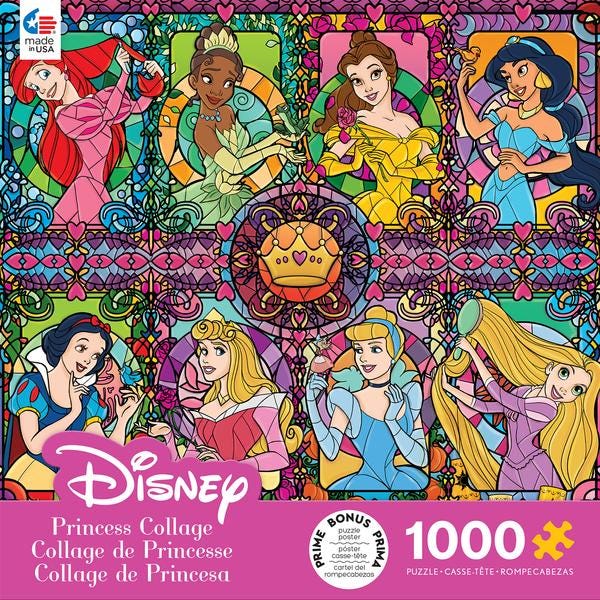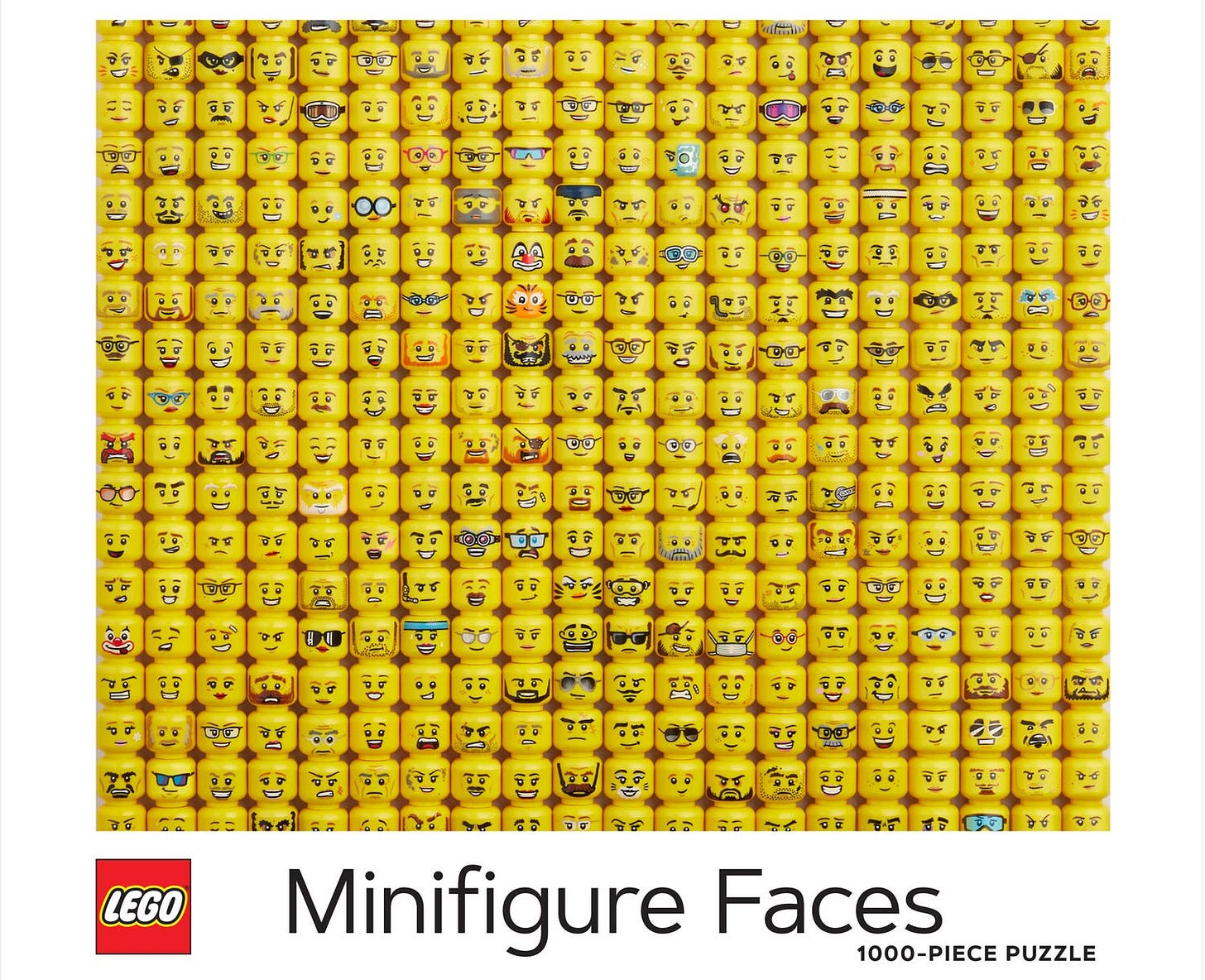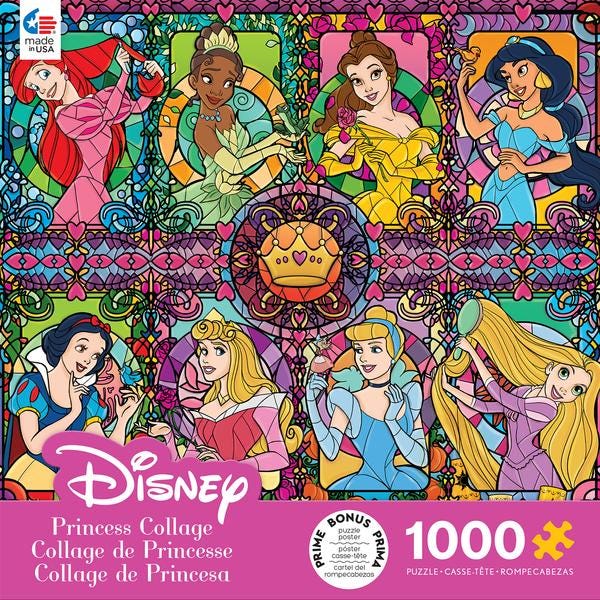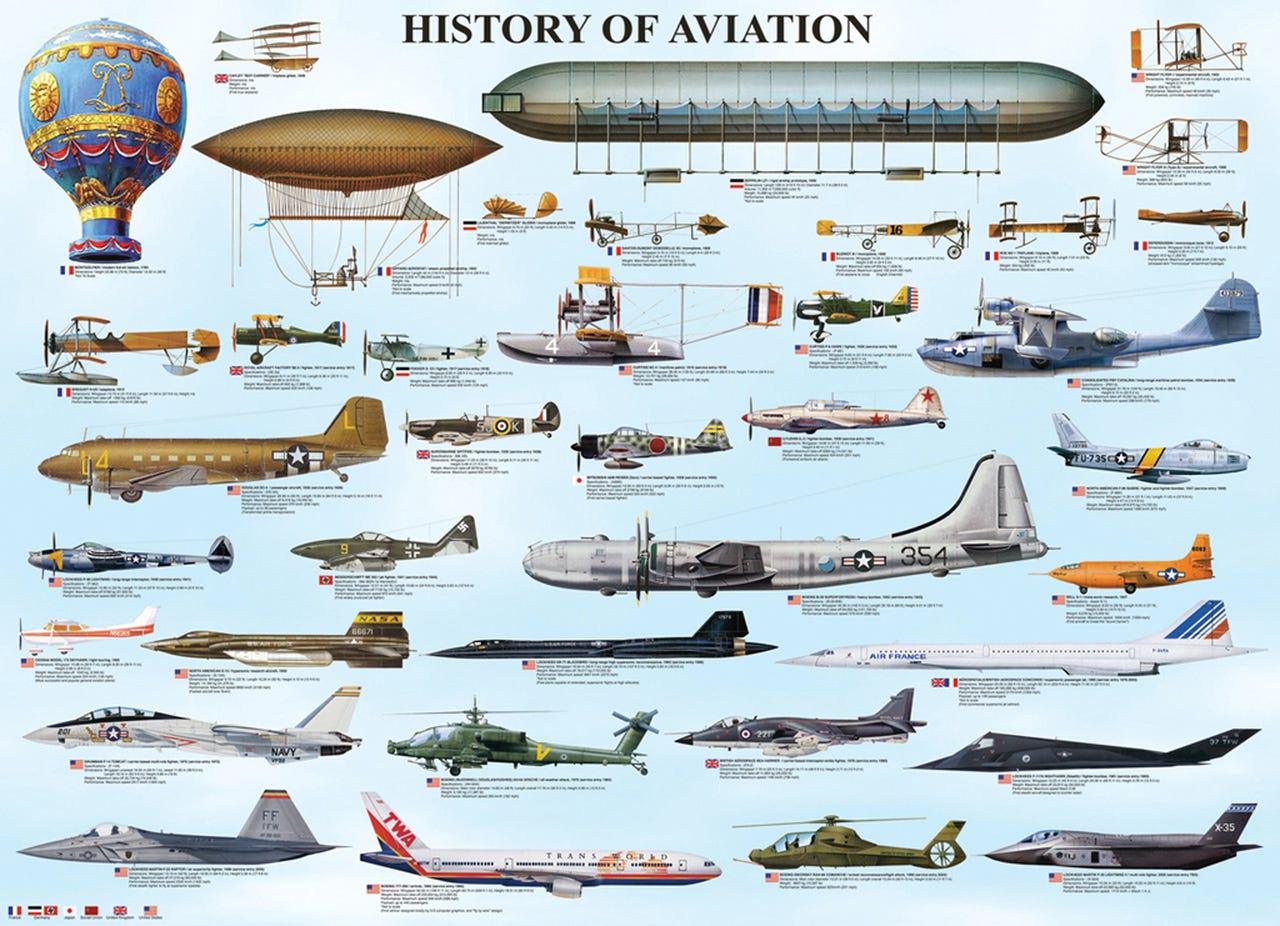My wife and I do this thing where we get into something and go on a crazy kick for a few weeks, sometimes a month or two. It happens a lot with board games. We got Dominion and played 25 games in the first 3-4 days. Same thing happened with Cities and Knights of Catan. It’s awesome.
I’ve always been a big puzzle guy. But I have this problem where once I start the puzzle, I have to finish it. I can sit there for hours just grinding on a 1000 piece puzzle. It drives my wife nuts, who would much rather do puzzles at a more realistic pace. Which means that we’ll do puzzles for a couple of days, then take loooong breaks. (I promise the puzzle stories are going somewhere).
Last week we started a puzzle kick. We had this cute Disney Princess Puzzle that took a couple of days (super fun though, I highly recommend it). Then we moved on to a History of Aviation puzzle that started out fun but quickly lost its appeal, but me being me, we still had to finish it. Now we are working on an insane Lego head puzzle my parents just finished after a few weeks.
One day while I was driving to work I thought about completing puzzles and writing a book and realized how much they have in common.

Start With The Edge Pieces
Every sane person who embarks on a puzzle solving mission begins by pulling out all the edge pieces (whoever finds the most corner pieces wins!) and solving the outside of the puzzle. Solving the edges first gives the puzzle scope, context, and a framework to work inside of. When it comes to planning your story start with the edge pieces.
“It’s always the small pieces that make the big picture.”
One planning method for writing is called the Snowflake Method. The idea is to tell your story in one sentence. This forces you to define the scope of your story. It’s important to understand the scope of your story before you begin writing, this will ensure that your scenes, character arcs, and plot twists are focused on the overall plot of your story instead of taking your readers to never never land. (If your story is a Peter Pan story that is totally okay.)
Major Focus Points
Once you have the framework of your puzzle (story), then you start to work on the major focus points. With the Princess puzzle it was the faces of the princesses. These pieces stood out in the box, making them easy to find, and they are understandable so they assemble so much easier than the random purple hearts that surrounded everything.
Do the same thing when writing your story. Identify key events that need to happen to your characters. Coming up with the major points for my story was by far the easiest task. I know that my character needs to experience A, B, and C. This is the five minute summary of your story that you tell people who ask what you’re working on.
“Don’t force pieces that don’t fit.”
Connect the Major Points
Now that you have the major points built out, you can start finding the pieces that connect them together. You might have a major event taking place in palace, another event taking place in the sewers beneath the city, now you need to come up with the events that connect the two. What decisions or events transpired to get them from point A to point B? Do these events fit with the character arcs and plot I’m working towards? You might have the right pieces, but sometimes you have to turn them around to get them to fit correctly.

Go Crazy
Once you have the major focus points completed, you’ve connected them together, everything else is just filler. People take their own approach with the filler pieces of their puzzle. Writers are the same way.
I did a post on Plotters vs Pantsers a few weeks ago that focuses on how writers might differ on filling in the blank pieces. Pantsers just sit down at their computer and write, letting the words flow out of them and their characters take them on the journey. Plotters need to flesh out the details and make a plan from A to Z with everything in between before they start writing.
This post might sound like a plotters plan for writing, but even Pantsers have to assemble the puzzle to some extent. Without constraints and major focus points, creativity will struggle. Creativity loves constraints, when you know the boundaries in which you have to work, your mind has some amazing abilities to come up with unique ideas.
How detailed the puzzle is, is what defines a pantser vs plotter. As a Pantser you might have a 100 piece puzzle of a slightly blurry picture, while your plotter friends have a 2000 piece puzzle with every minute detail laid out before them.
I’d love to hear how you plan out your writing so share them in the comments below. Also if you’ve enjoyed reading my articles make sure you subscribe/share. It’s completely free and you’ll get notices straight to your inbox weekly when my posts go live.
Quote:
“The pieces of the puzzle have a tendency to come together when you least expect it.”
Jane Green

